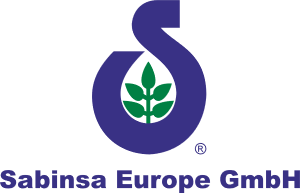Resveratrol, a compound present in grape skin, peanuts, mulberries and at least 70 other plant species, is noted for its antioxidant effects. As an antioxidant, resveratrol counteracts free radicals. Free radicals are molecules that oxidize and damage healthy cells and whose proliferation may lead to chronic diseases (e.g. cancer and heart disease) as well as contribute to the aging process.
Investigations into the "French Paradox", the fact that the French have low rates of heart disease despite high cholesterol diets, have revealed that the consumption of one or two glasses of red table wine with dinner is beneficial.
Researchers have traced the healthful benefits of red wine and grapes to the compound resveratrol (Figure 1). In grapes, resveratrol acts as an antibiotic to protect the fruit from fungus, and in humans it has been found to keep the cells from turning cancerous and cease the spread of malignancies . In addition, resveratrol has been shown to block cell inflammation which is linked to arthritis and other diseases.

Figure 1. Structure of Resveratrol
In a recent study, funded by the National Institutes of Health (NIH) and the North Carolina chapter of the American Heart Association, Minnie Holmes-McNary, a nutritional biologist at the University of North Carolina’s medical school in Chapel Hill, and Albert Baldwin Jr., a researcher at the medical school’s Lineberger Comprehensive Cancer Center, investigated how resveratrol pro-tected cells from turning cancerous.
Based on previous research, the protein NF-kappa B was identified as being responsible for enabling tumor cells to survive even chemotherapy. When NF-kappa B was blocked in mice (as observed in a study last year), the cancer cells were eradicated by chemotherapy. In testing how cultured human and animal tumor cells reacted to the resveratrol, Holmes-McNary and Baldwin learned that resveratrol turned off the NF-kappa B cancer gene which explains this compound’s effectiveness in guarding cells from cancer. Untreated tumors continued to thrive.
Turning off the NF-kappa B cancer gene is only one of the mechanisms by which resveratrol operates. According to John Pezzuto, a researcher at the University of Illinois at Chicago who first reported resveratrol’s link to red wine and fighting cancer in 1997, resveratrol operates by multiple mechanisms which may all be connected by a common thread.
Source:
California Table Grape Commission (Holmes-McNary and Baldwin’s findings were published in the July issue of Cancer Research.)
Sabinsa Corporation supplies 20% resveratrol extracted from the roots of Polygonum cuspidatum (Japanese knotweed).







